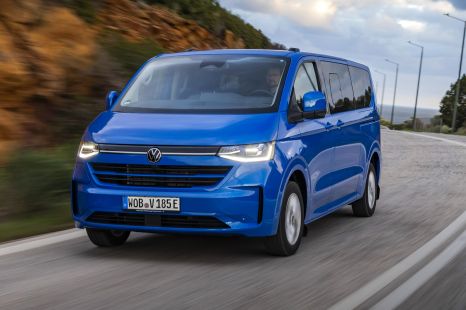

Dave Humphreys
2025 Volkswagen Transporter review: Quick drive
6 Months Ago
The new Trafic is a noticeably improved van that offers a car-like driving experience, improved technology, clever storage and plenty of kit.
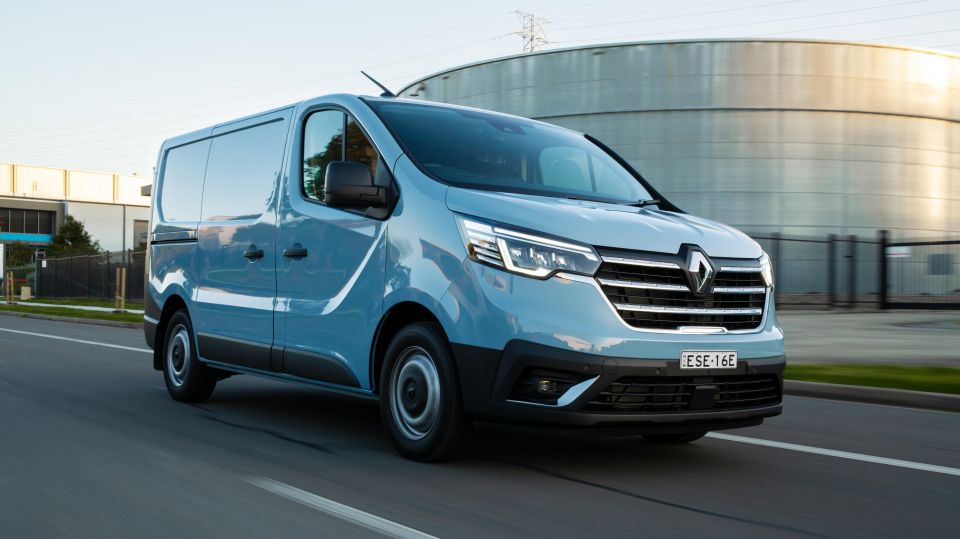


Quickly see how this car stacks up against its competition. Select any benchmark to see more details.
Where expert car reviews meet expert car buying – CarExpert gives you trusted advice, personalised service and real savings on your next new car.
It’s still a third-generation model, but the 2023 Renault Trafic gets a fresh face, new tech and more active safety kit, which should give it a fighting chance against seasoned Euro rivals like the Mercedes-Benz Vito and Volkswagen Transporter.
After all, the Trafic has been around for 40 years servicing the needs of businesses, whether that be sole traders or larger company fleets. More than 2.2 million have been sold to date, so it’s fundamental to the Renault brand.
Mind, the class leader is still the Toyota HiAce, followed by ongoing threats from the relatively new Hyundai Staria Load and LDV G10 that continue to find plenty of favour from the hordes of tradies and small business owners looking for the biggest bang for buck.
Nevertheless, the facelifted Renault Trafic has got plenty going for it, thanks to a raft of styling changes, a suite of new features, and even more of its trademark ride and drive comfortthat so many owners seem to swear by.
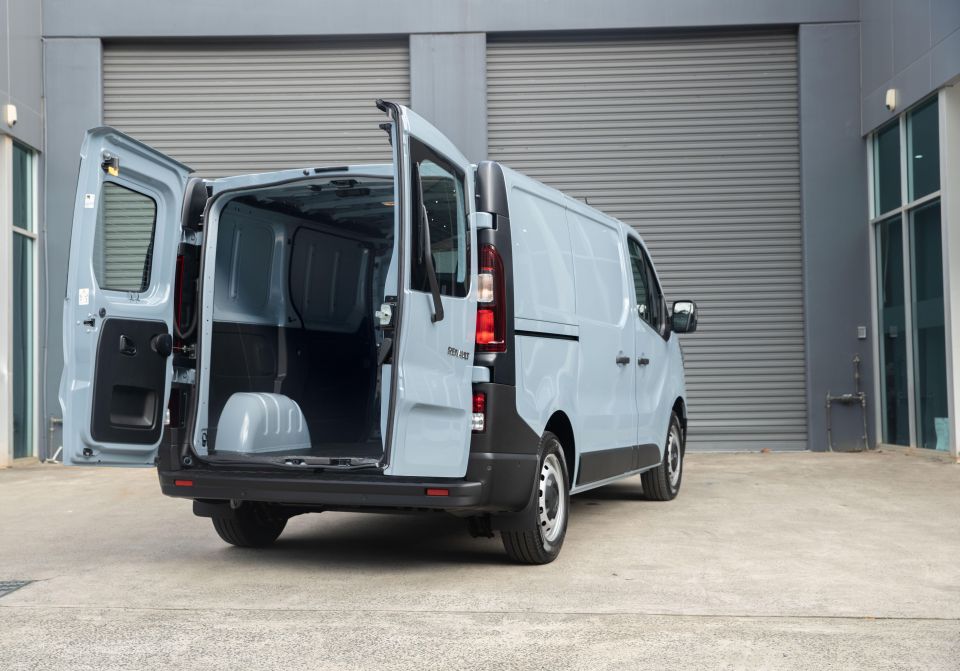
But as the saying goes: “you get what you pay for”, and in the Trafic’s case, a lot more than before. Prices are up substantially, with the cheapest Trafic now costing $48,200 before on-road costs – up a whopping $8610 on the outgoing base model.
However, Renault has dialled in more value, with the said entry-level model benefiting from a more powerful turbo-diesel engine, along with added safety features including autonomous emergency braking (AEB) and lane departure warning.
Premium Trafic models also gain adaptive cruise control, blind-spot monitoring and traffic sign recognition to their assistance armoury.
Australia is also somewhat late to the party with new the Trafic, which was first revealed to the world in September 2021, not long after local distributor Ateco took over the brand here.
Timing is everything, they say, because the made-in-France Trafic is now even more presentable with a fresh face incorporating new chrome-rimmed grille, LED lights and C-shaped daytime running lights, front bumper and bonnet. Down back, there’s little if any changes.
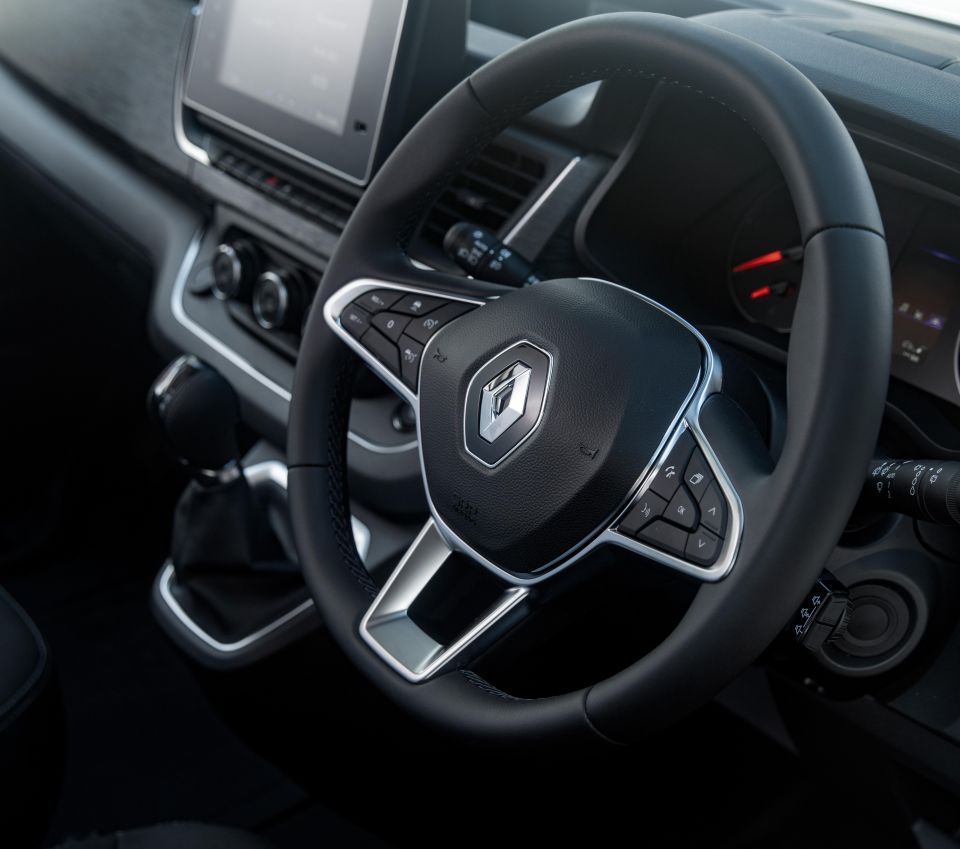
Moreover, the new-look Trafic also gets a more contemporary cabin design, incorporating a new soft-touch dashboard, while all variants score an 8.0-inch touchscreen with wired Apply CarPlay and Android Auto. There’s also a 4.2-inch supervision cluster display for the driver, which is largely customisable.
In a bold, but understandable move, (apparently owners of the old 1.6 wished they had bought the larger motor), Renault Australia has axed the less popular diesel motor in favour of the more powerful 2.0-litre turbo-diesel engine, paired with either a six-speed dual-clutch auto, or six-speed manual transmission if you choose the base Pro.
Business owners will like the fact new Trafic also comes with a standard 80-litre fuel tank, and claims average fuel consumption as low as 6.6L/100km on the combined cycle with the automatic – giving it the longest range in its class.
As expected, the latest Renault Trafic comes in a wide range of variants including short- and-long-wheelbase cargo vans plus Crew Van models with second-row seating for up to three people.
In fact, Renault also claim a class-leading load length of up to 4.15 metres using a clever load-through bulkhead under the underneath the passenger seat.
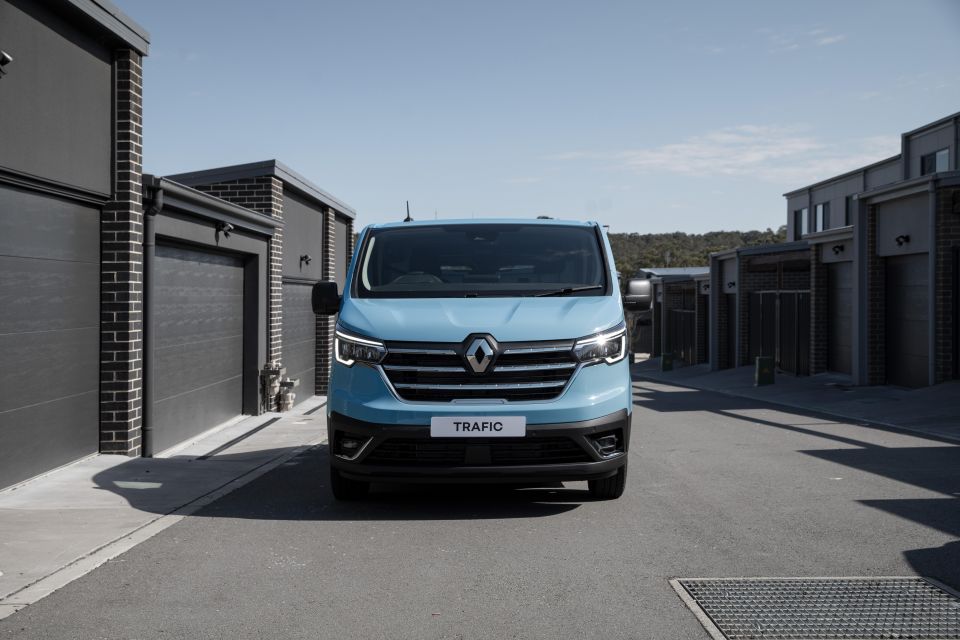
Along with a fresh new look, and a stack of other features, the 2023 Renault Trafic also wears a bigger sticker price.
The range kicks off at $48,200 before on-road costs, up $8610 on the previous base Trafic.
2023 Renault Trafic pricing:
Key rivals include:
All prices exclude on-road costs

Buy your new car without the stress. It's fast, simple and completely free.

Great service from Travis and team, second time I have used this business would not hesitate to recommend them to anyone
Craig C.
Purchased a Ford Ranger in Sunshine Coast, QLD
CarExpert helped Craig save $7,224 on his Ford Ranger, now let us save you on your next new car.
Get your BEST priceStep aboard the latest Trafic for the first time and apart from the high-rising, console-mounted shift lever, it simply doesn’t feel like a work van – like so many others in this class.
The three-spoke steering wheel is leather wrapped with contrast stitching and contours, and there are plenty of tasteful metal-look accents to offset the various shades of grey throughout the cockpit.
The highlight, though, is the new 8.0-inch touchscreen, sitting front and centre on the dash. While the interface isn’t as intuitive as some, you’ll get the hang of it reasonably quickly and there’s sharp response going from one function to another.
Directly below sits a small row of shortcut buttons for frequently used functions like stop/start, drive modes and lock/unlock, while underneath are three large chrome-rimmed dials for temperature and fan adjustments.
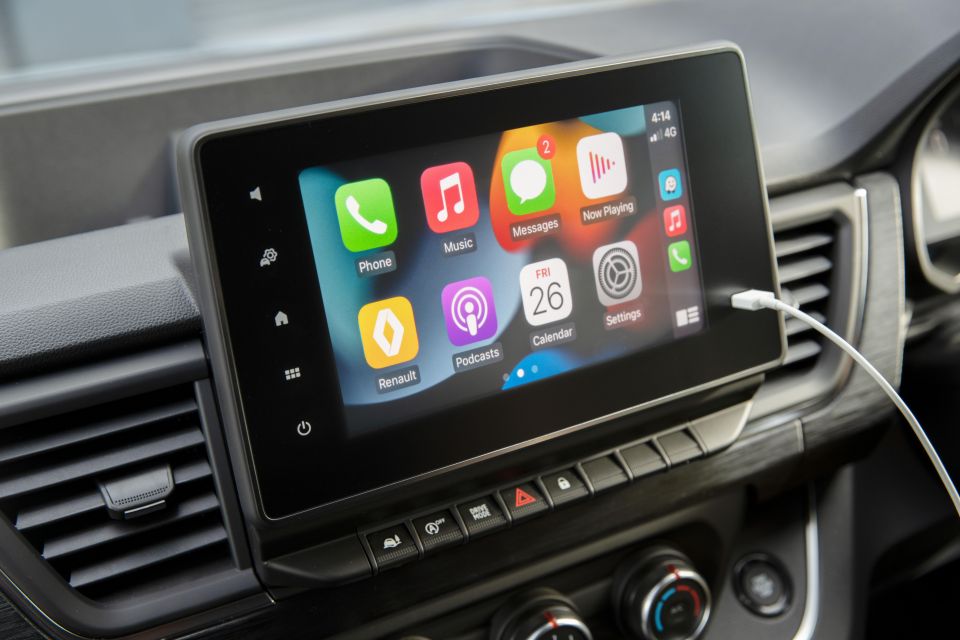
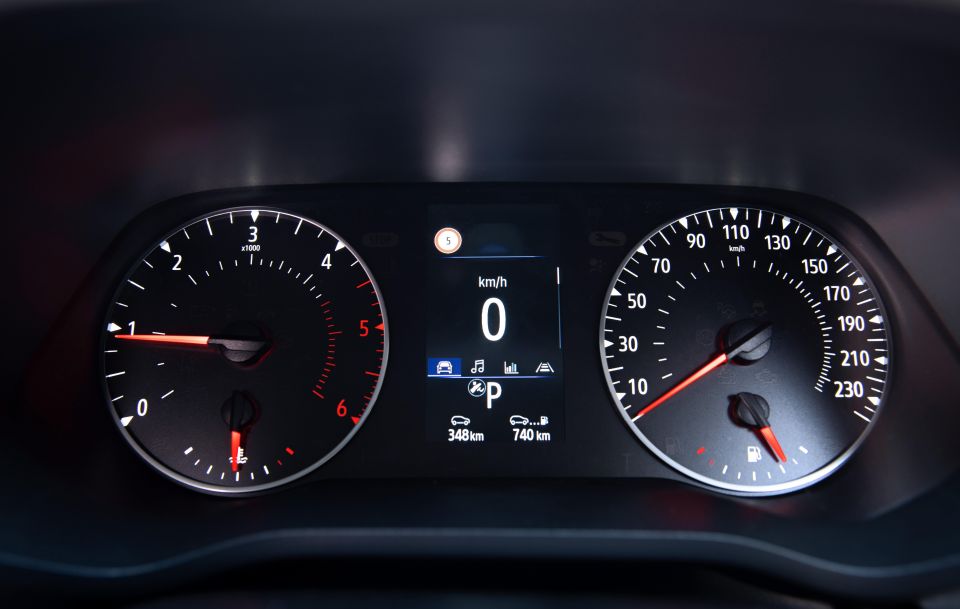
Apple CarPlay and Android Auto are wired, and while initially the connection proved somewhat shaky, it turned out to be an iOS update issue – from then on it proved faultless on the drive back to our Sydney base from our final way point at Brooklyn on Hawksbury.
There’s no full-size digital instrument display as we half suspected with this update, just the standard dual analogue dial setup with a 4.2-inch display sandwiched in between.
The driver’s seat is by far the most comfortable of the three chairs up front in this Premium configuration, providing ample cushioning and bolster that make longer stints behind the wheel seem easy-peasy. Not so for the outer passenger pew that offers just half the support, though far better than the almost flat centre chair.
The Trafic also has a few nifty tricks up its sleeve, not the least of which is the hidden storage area under the two passenger seats. You just lift seat cushion to reveal a space large enough (54L) for two backpacks and a couple of jackets, or laptops even.
Another wonderfully practical feature is the hideaway work bench on the back of the centre seat when folded flat. Ingeniously, it also includes a hard-shell clipboard that easily slots into the bench, and can be angled towards the driver.
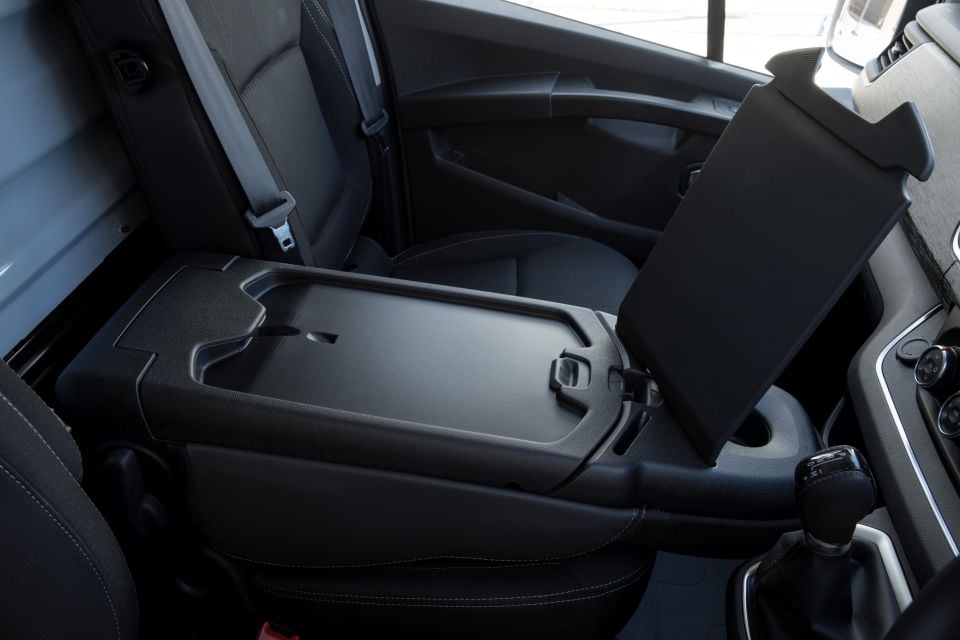
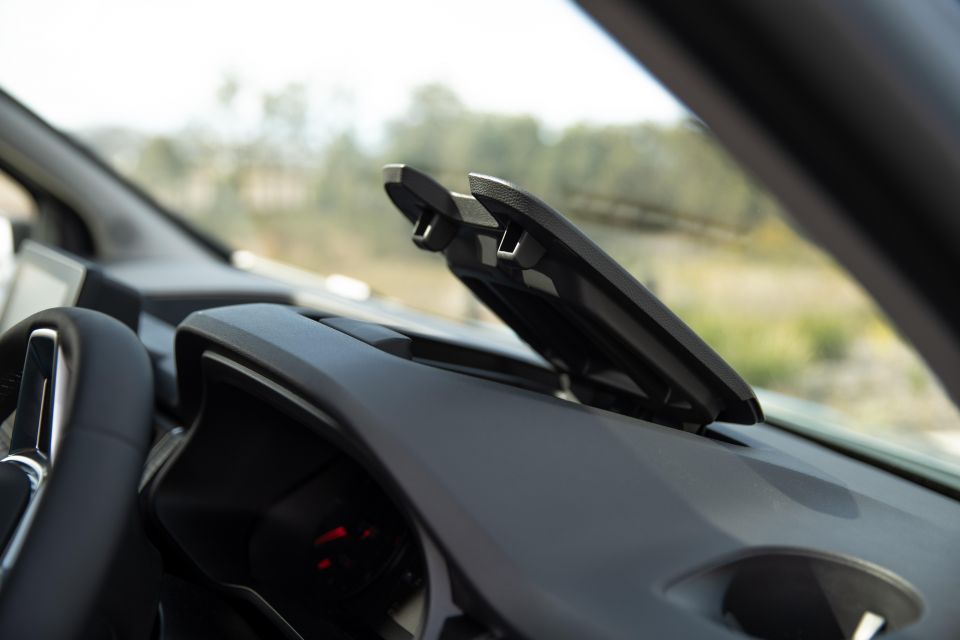
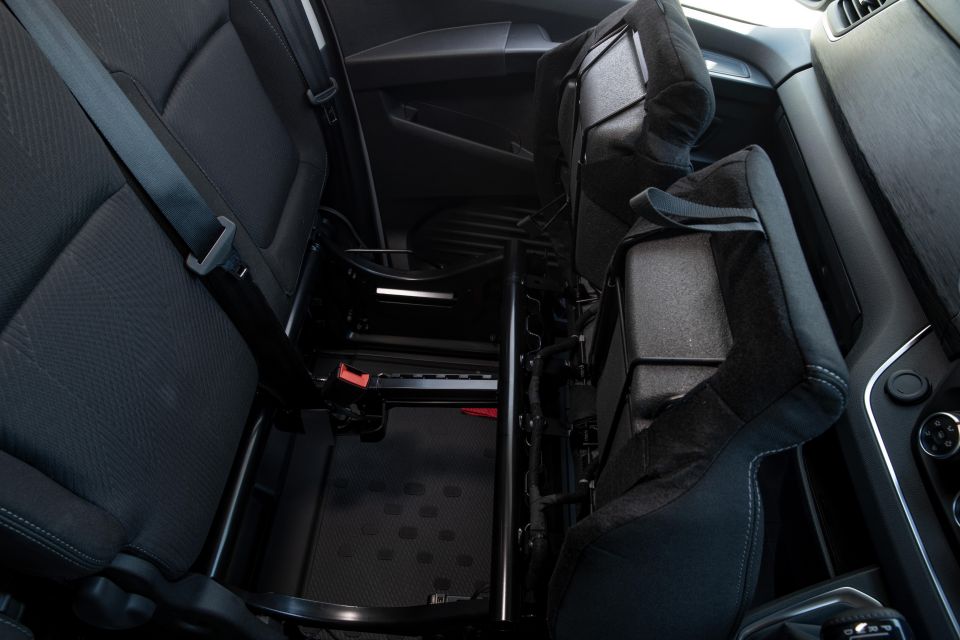
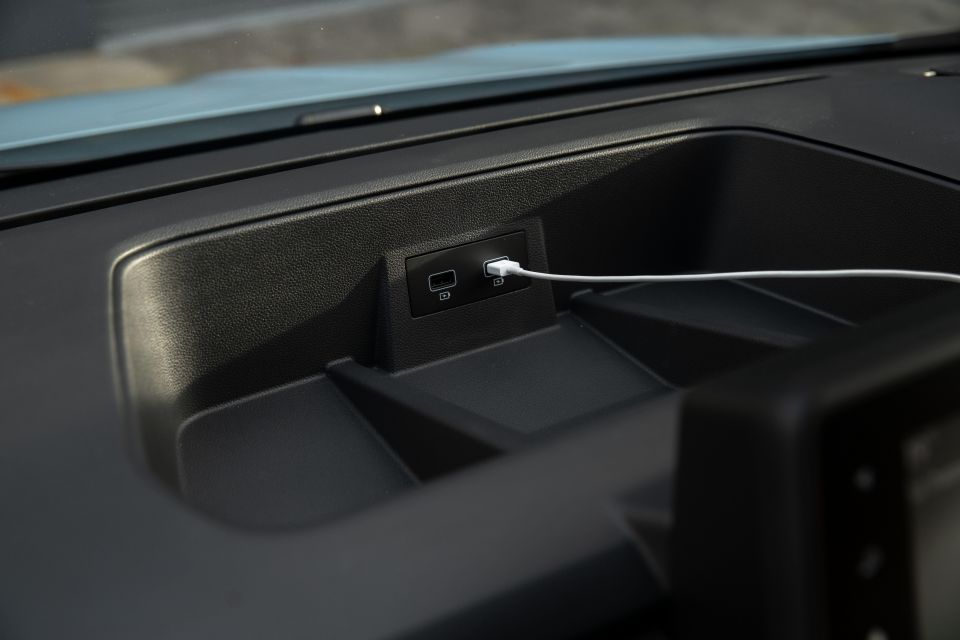
There are ample cupholders, bottle holders, along with various storage nooks, and a large wireless charging pad immediately left of the shifter.
For those that opt for the extra seating in the Crew Van, in either Pro or Lifestyle specification spec, there’s a second row of seats for up to three passengers. Choose the Lifestyle, and you get three individual seats with adjustable headrests, dual armrests and under-seat storage.
Additionally, rear-seat passengers also benefit from extra speakers, a 12V power socket and a more bulkhead insulation for a quieter cabin and enhanced heating and cooling properties.
Renault tends to ditch bulky key fobs in favour a hands-free keycard, which also automatically locks the vehicle as you walk away, while unlocking it as you walk towards it. It’s incredibly convenient and a failsafe anti-theft measure as well.
Moreover, drivers can use zoning mode on the same key card to lock either the cabin or the rear load area, separately, if they wish for extra piece of mind while away from the vehicle while unloading, for instance.
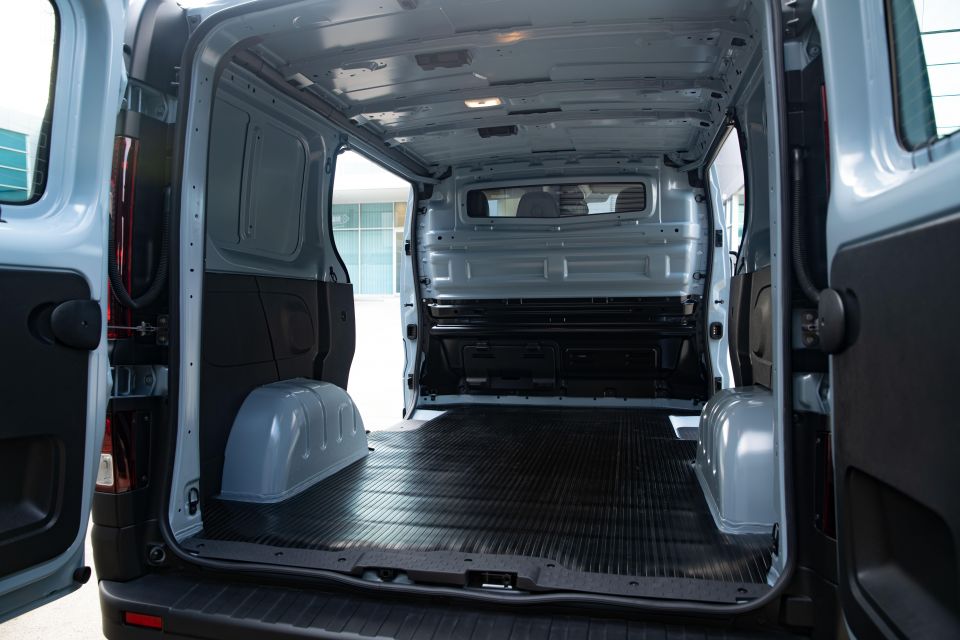
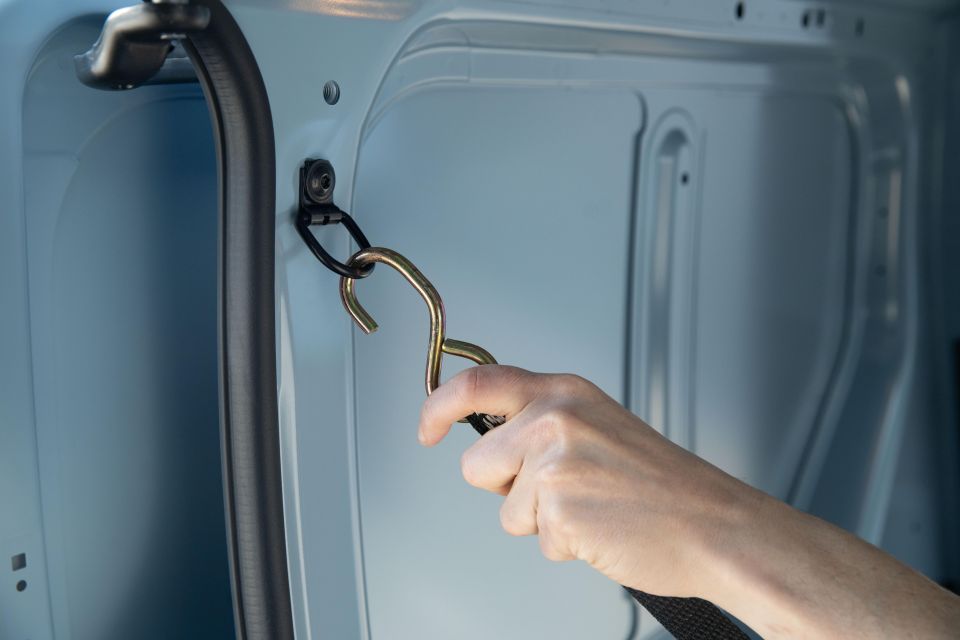


Rear load space in the new Trafic remains unchanged from the previous iteration, which isn’t really an issue.
On the contrary, it’s got a class-leading load length of up to 4.15 metres using the load-through bulkhead hatch in the passenger seat footwell in the LWB, or 3.35 metres in the SWB versions.
Total load capacity in the SWB is 5.8 cubic metres, while the LWB stretches that to 6.7 cubic metres and a maximum payload of up to 1280 kilograms.
Night work is catered for by LED lighting in the load area, while there are no less than 16 tie-down points back there for multiple types of freight.
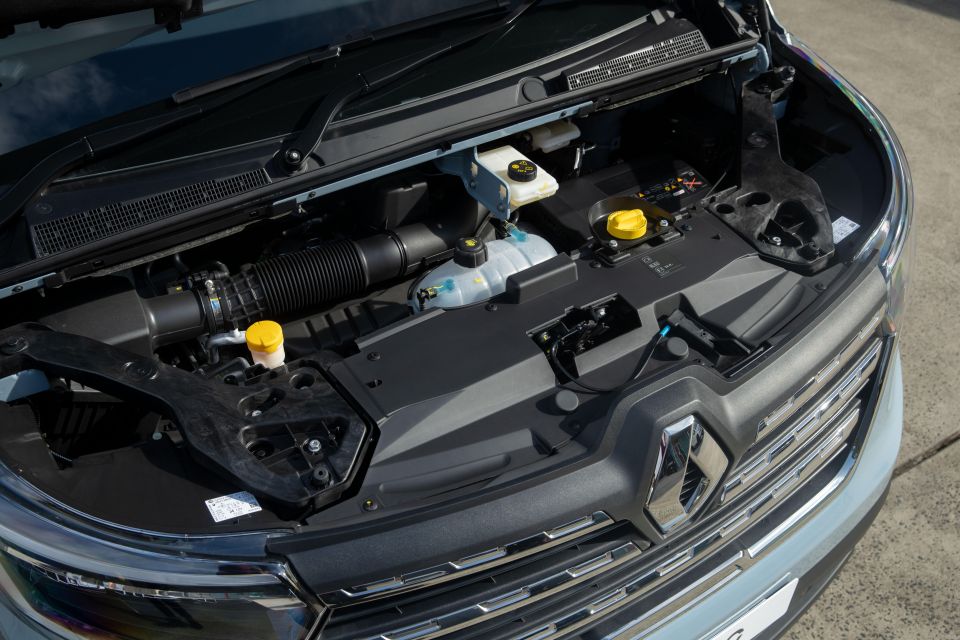
The 2023 Renault Trafic is powered by a 2.0-litre four-cylinder turbo-diesel making 125kW of power and 380Nm of torque.
It’s mated to a six-speed manual or six-speed dual-clutch automatic transmission. All models are front-wheel drive.
No longer are manual transmissions more economical automatics, with Renault claiming 7.2L/100km on the combined cycle with the manual or 6.5L/100km with the automatic. All models have an 80L fuel tank to boot.
We saw 7.4L/100km with the Premium SWB tester, which was good considering the type of driving and exercises we were doing with Trafic.
CO2 emissions also favours the Trafic with auto emitting just 171g/km and 188g/km for the manual gearbox.
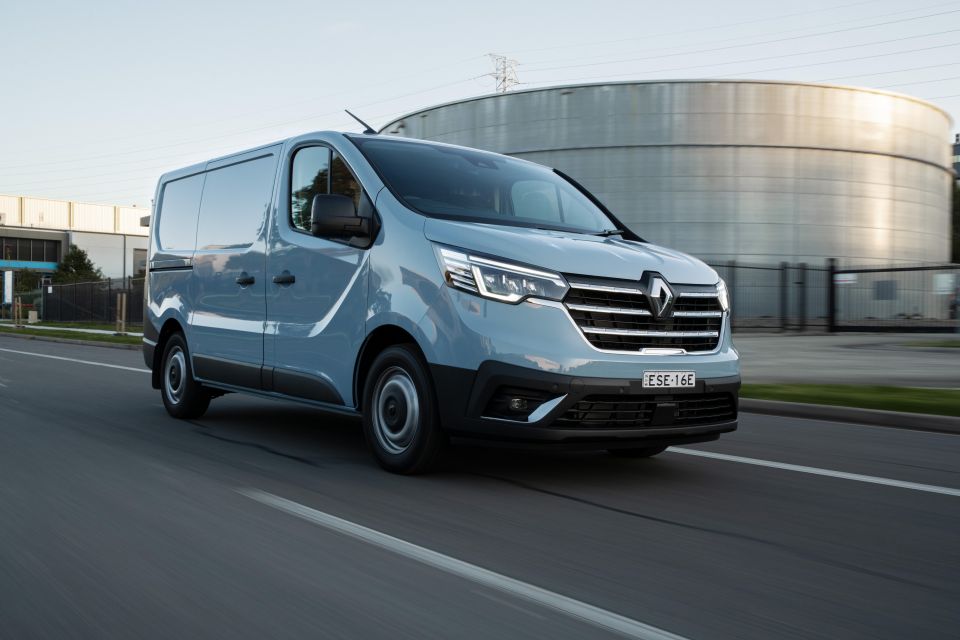
If the previous Renault Trafic was a good thing to drive, it’s even better (fun, even) with the update.
Much of the improvement in tractability – and dare I say, driving pleasure – comes down to Renault Australia’s decision to scrap the 1.6L engine in favour of the significantly more flexible (and powerful), 2.0-litre turbo-diesel in a single tune.
It’s a superior motor in every way, with its full complement of torque arriving from just 1500rpm – making forward progress simply effortless, if not refined.
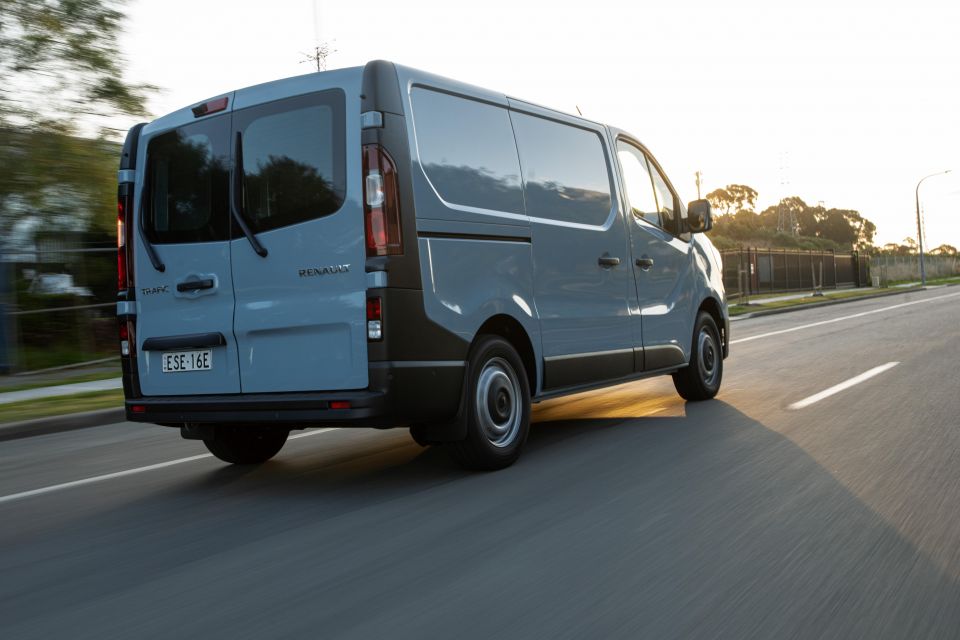
This is an engine that never feels or sounds as though it needs a few more herbs to get properly moving. Shifts are smooth, yet decisive, but you’ve also got the choice of various drive modes if you require more urgent throttle response.
Even then, there are no noisy protests from this powertrain – it just gets on with business with a level of refinement that feels more car-like than van-like. But, that’s most vans in the class these days.
The Trafic rides particularly well. We deliberately sought out the nastiest potholes (not hard in Sydney) and plenty of cracked roads with a small load in the rear of just 20 kilos or so, and suspension compliance remained excellent.
Not only that, the steering is solid with good weighting about-centre, but also responsive either side of straight-ahead position. It feels reassuringly planted, with body movement kept in check, even without a decent load.

The brakes are discs all round and do a decent job of reining in the Trafic’s speed down from the legal limit, though they felt a bit spongy to me.
Manoeuvrability and visibility is another area where new Trafic shines. We ran some timed challenges in tight confines and were surprised by its performance under quick changes of direction through hard-to-see traffic cones.
It’s a good thing new Trafic gets side mirrors which are 30 per cent larger than its predecessor that also electrically fold for safety.
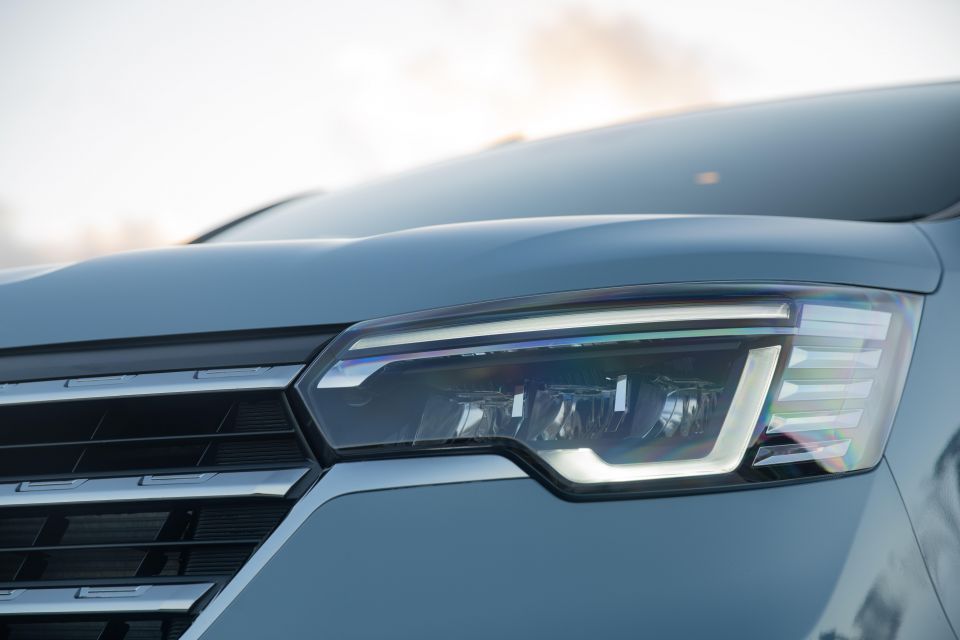
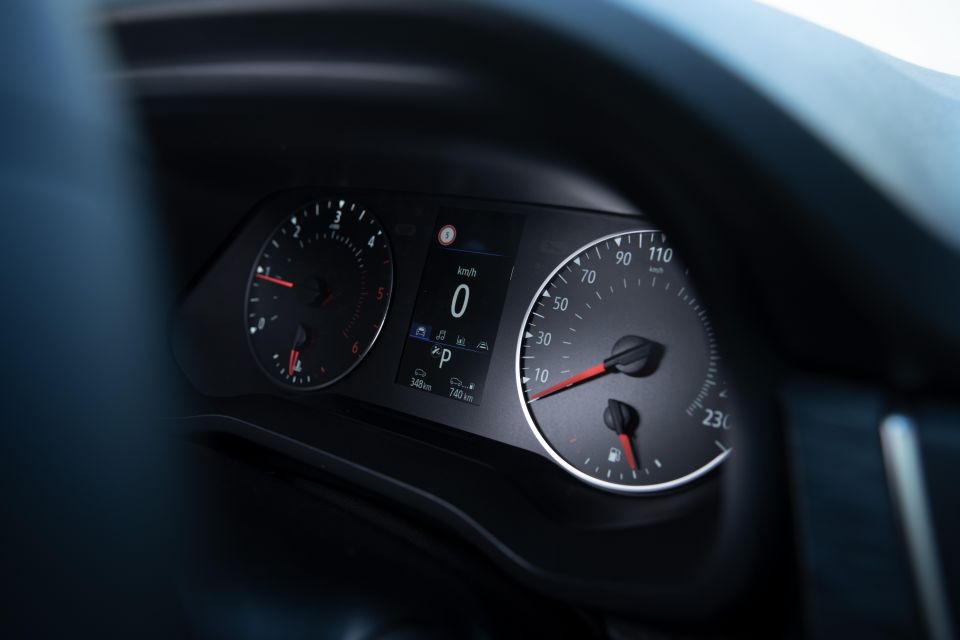
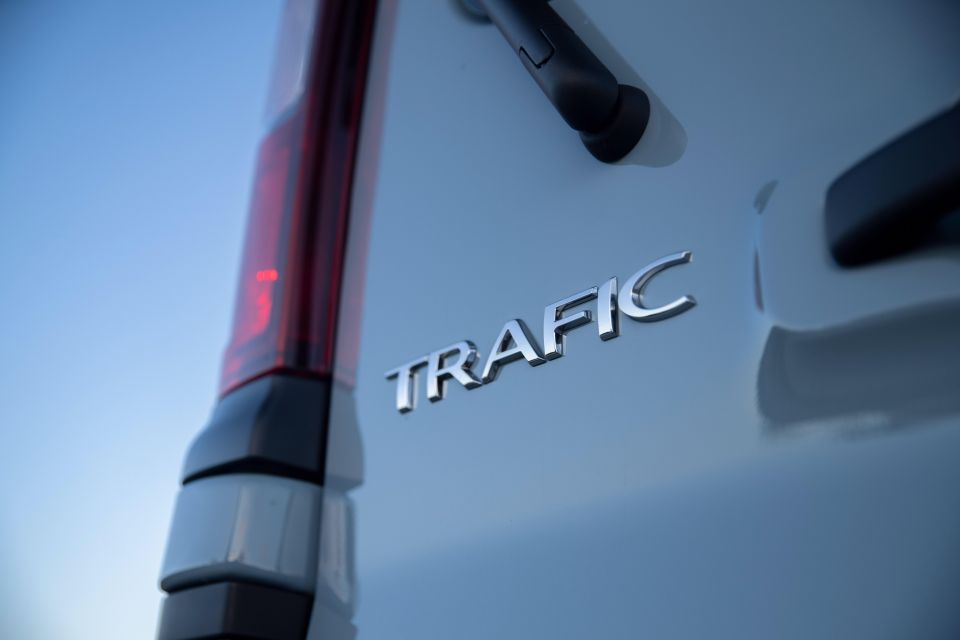
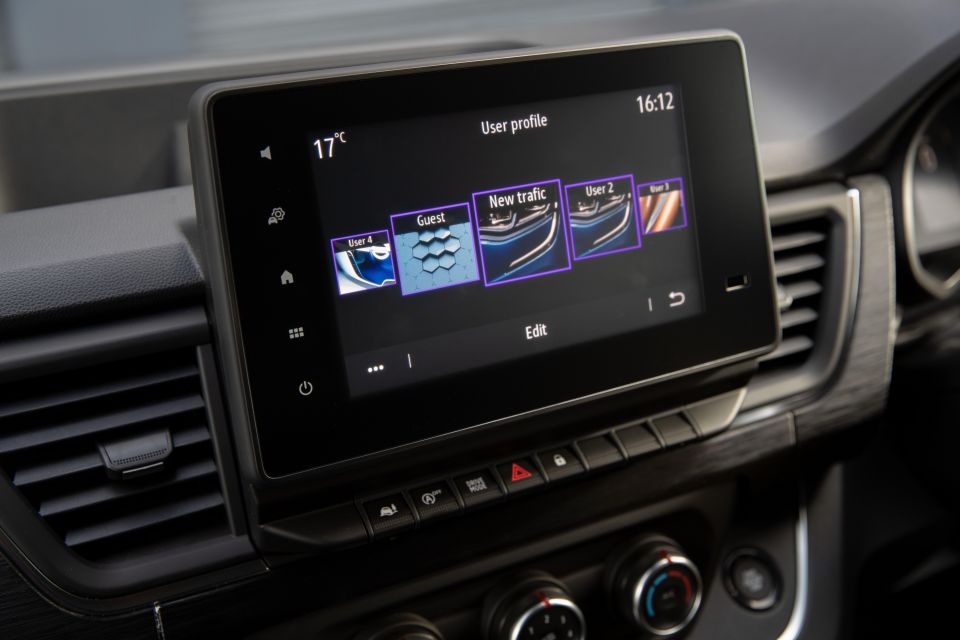
Trafic Pro highlights:
Trafic Premium adds:
Trafic Lifestyle adds:
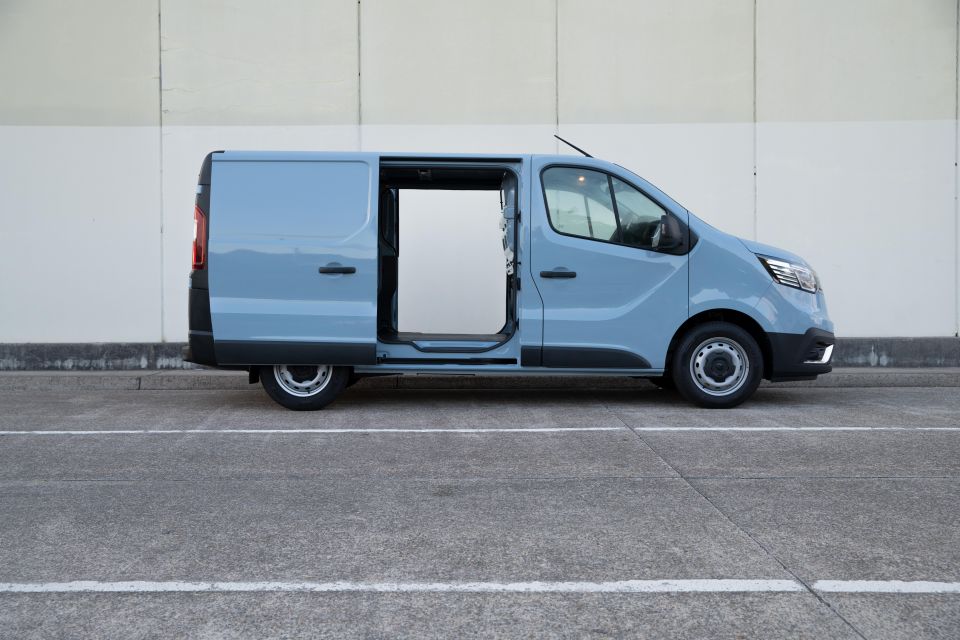
Where expert car reviews meet expert car buying – CarExpert gives you trusted advice, personalised service and real savings on your next new car.
Business Pack (Premium): $2200
Trade Pack (Pro, Premium): $2000
Peace of Mind Pack (Pro): $1500
Comfort Pack (Pro): $1000
Glazed bulkhead (Pro): $400 Right-hand side sliding door (Pro): $600 Rear barn doors (Pro): $400 Glazed sliding doors (Premium): $400 Passenger bucket seat (Pro): $100
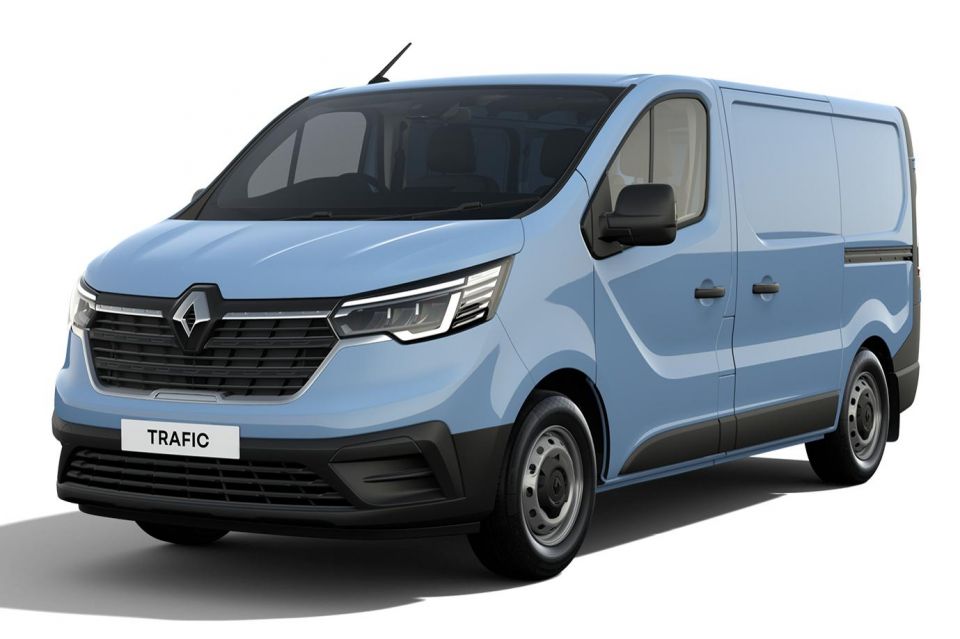

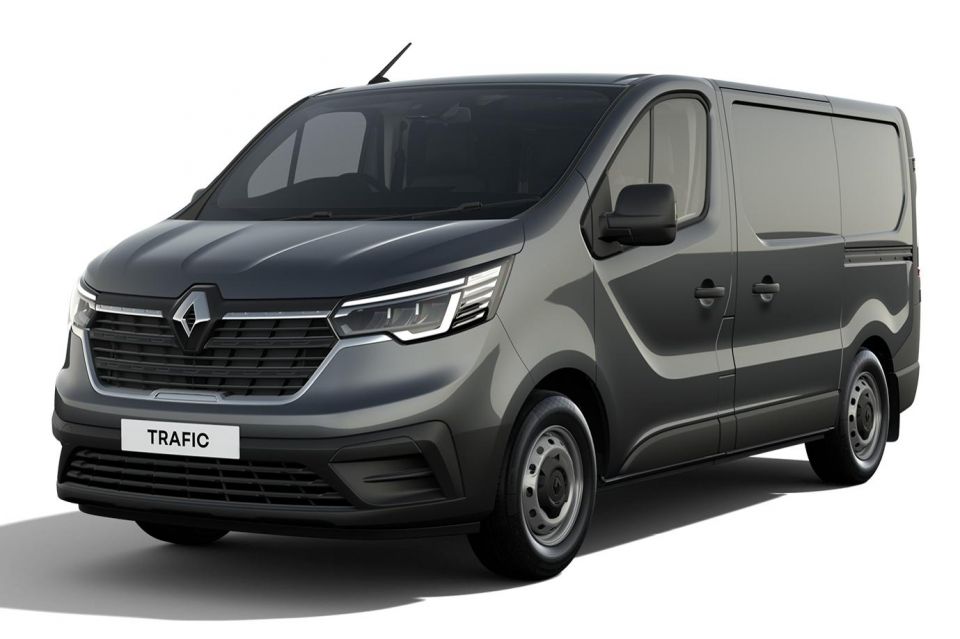

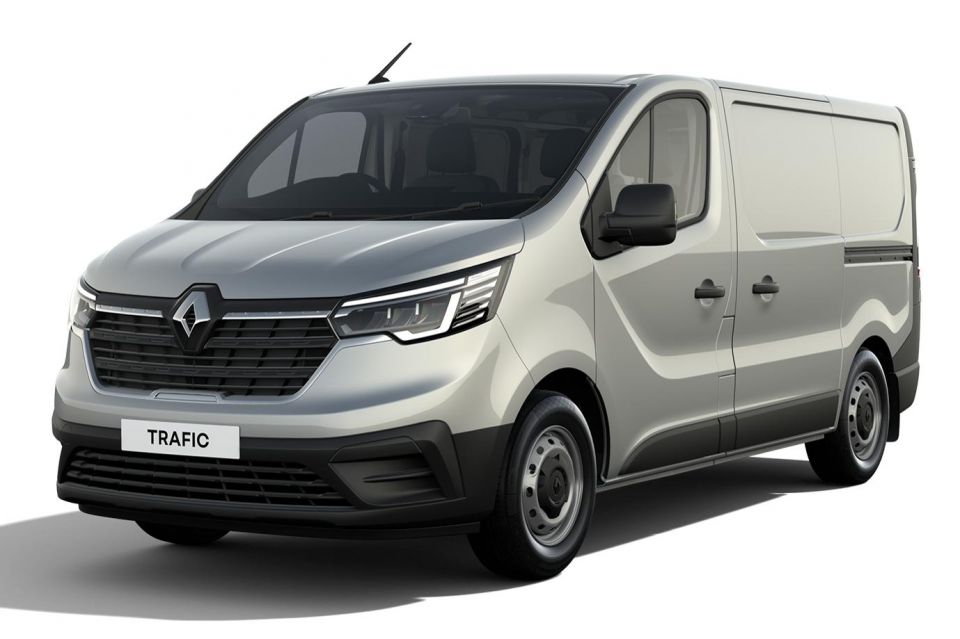

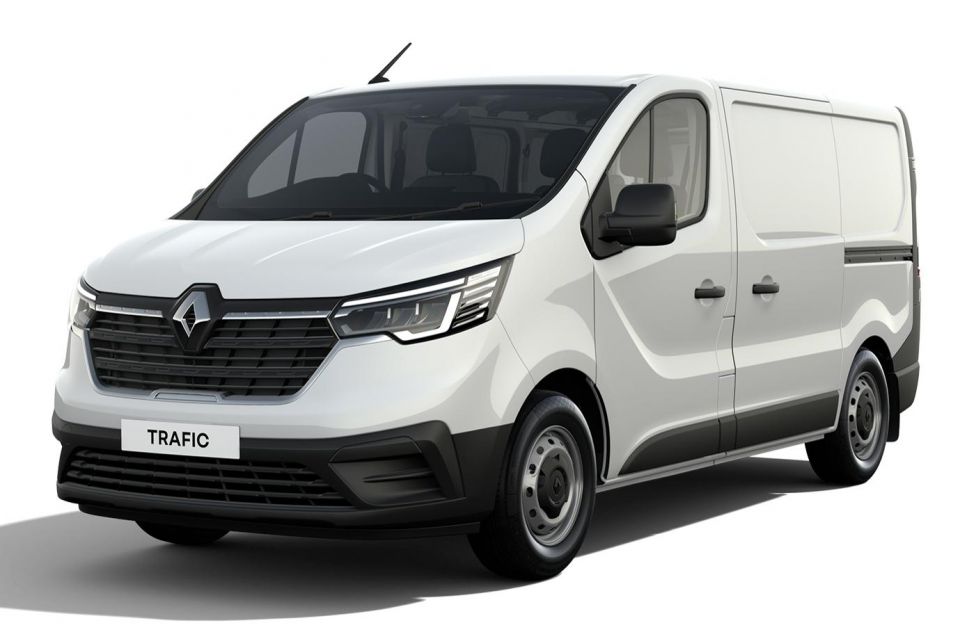
*Not available on Trafic Lifestyle
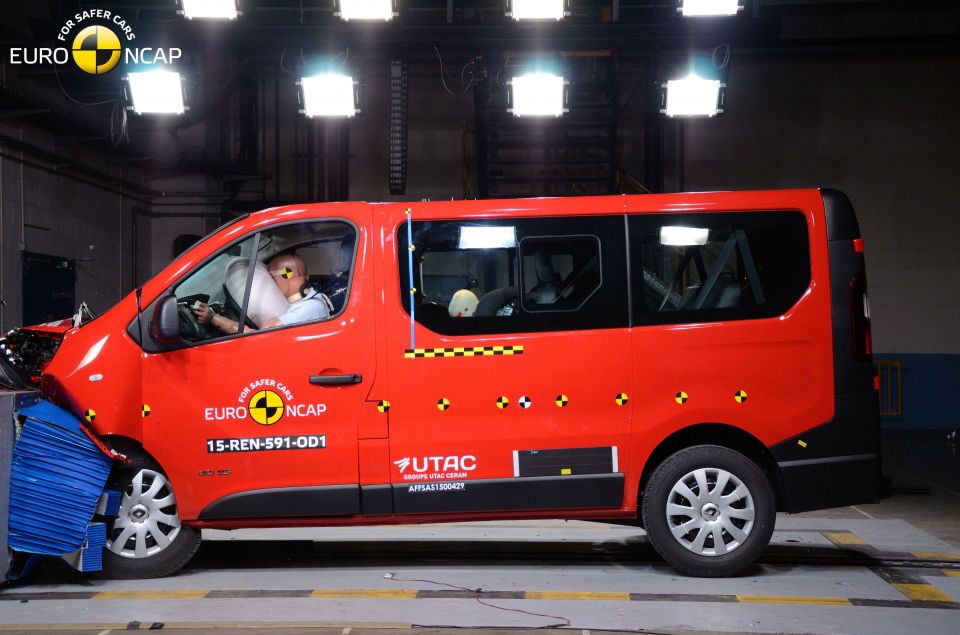
The Renault Trafic remains unrated by ANCAP, though Euro NCAP has a three-star rating from 2015 for the people mover variant not sold here.
Subsequent to that, ANCAP tested the Mitsubishi Express – a rebadged Trafic – in 2021 and gave it zero stars, though notably it had no active safety technology standard.
Standard safety equipment includes:
Premium and Lifestyle models add:
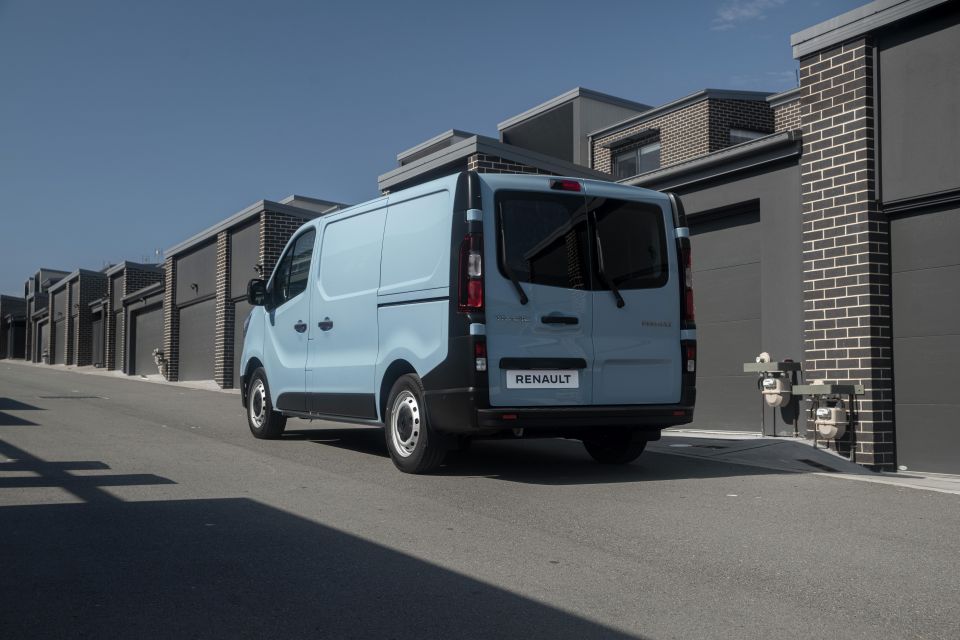
The Renault Trafic is backed by a five-year, 200,000km warranty with five years of roadside assistance.
Servicing is required every 12 months or 30,000km, whichever comes first.
The first five services are capped at $649 each.
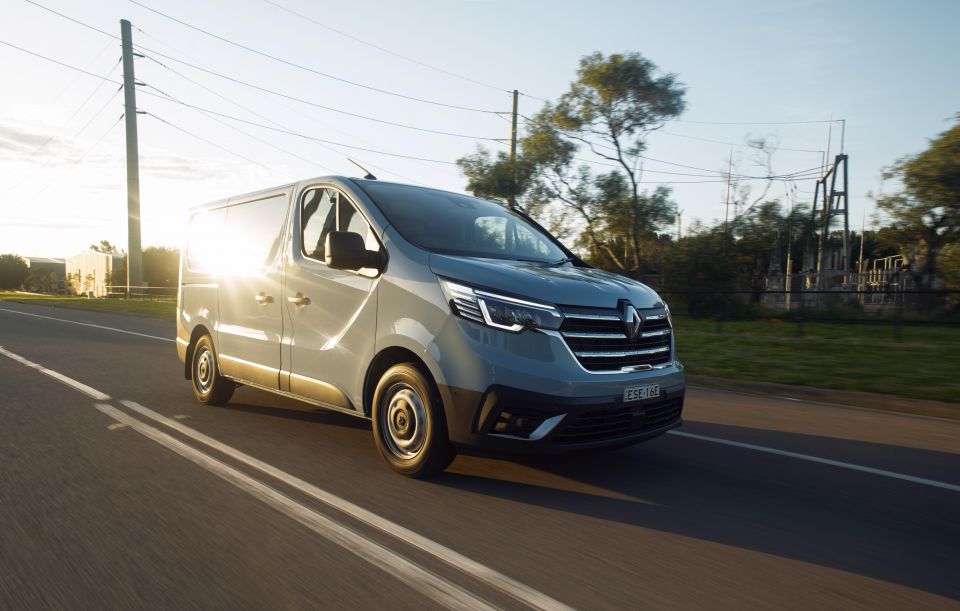
Buy your new car without the stress. It's fast, simple and completely free.

Great service from Travis and team, second time I have used this business would not hesitate to recommend them to anyone
Craig C.
Purchased a Ford Ranger in Sunshine Coast, QLD
CarExpert helped Craig save $7,224 on his Ford Ranger, now let us save you on your next new car.
Get your BEST priceWithout delving into details and acknowledging the major improvements made to the latest Renault Trafic, the significantly higher prices are likely to raise a few eyebrows.
Nevertheless, the updated 2023 Renault Trafic is a noticeably improved van that offers a car-like driving experience, improved technology, clever storage solutions and plenty of kit.
All of which, should find favour with small business owners looking for a touch of class beyond the usual suspects.

Click the images for the full gallery
Where expert car reviews meet expert car buying – CarExpert gives you trusted advice, personalised service and real savings on your next new car.
Anthony Crawford is a CarExpert co-founder and senior presenter with 20+years in automotive journalism and content creation.


Dave Humphreys
6 Months Ago
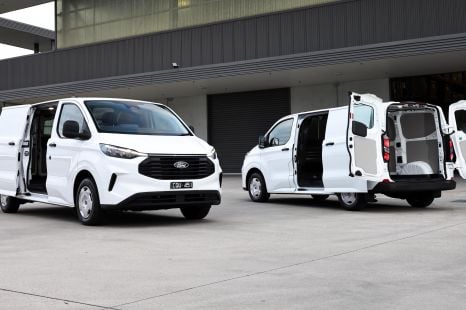

Max Davies
6 Months Ago


Josh Nevett
5 Months Ago
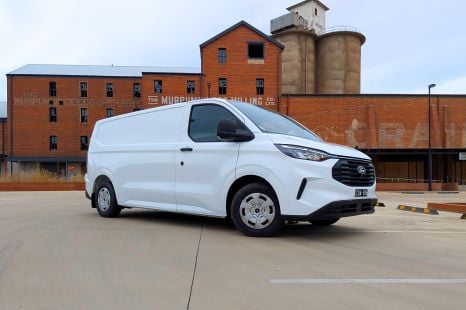

William Stopford
4 Months Ago
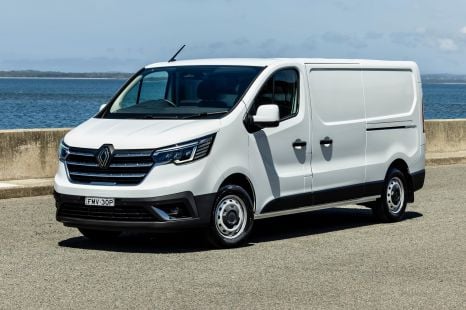

Max Davies
3 Months Ago
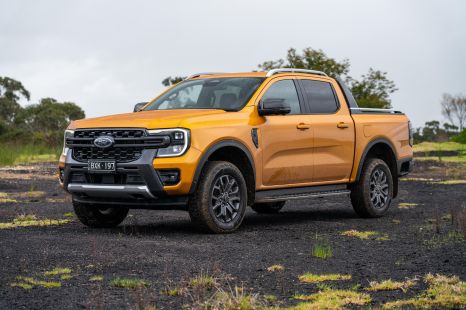

William Stopford
3 Months Ago